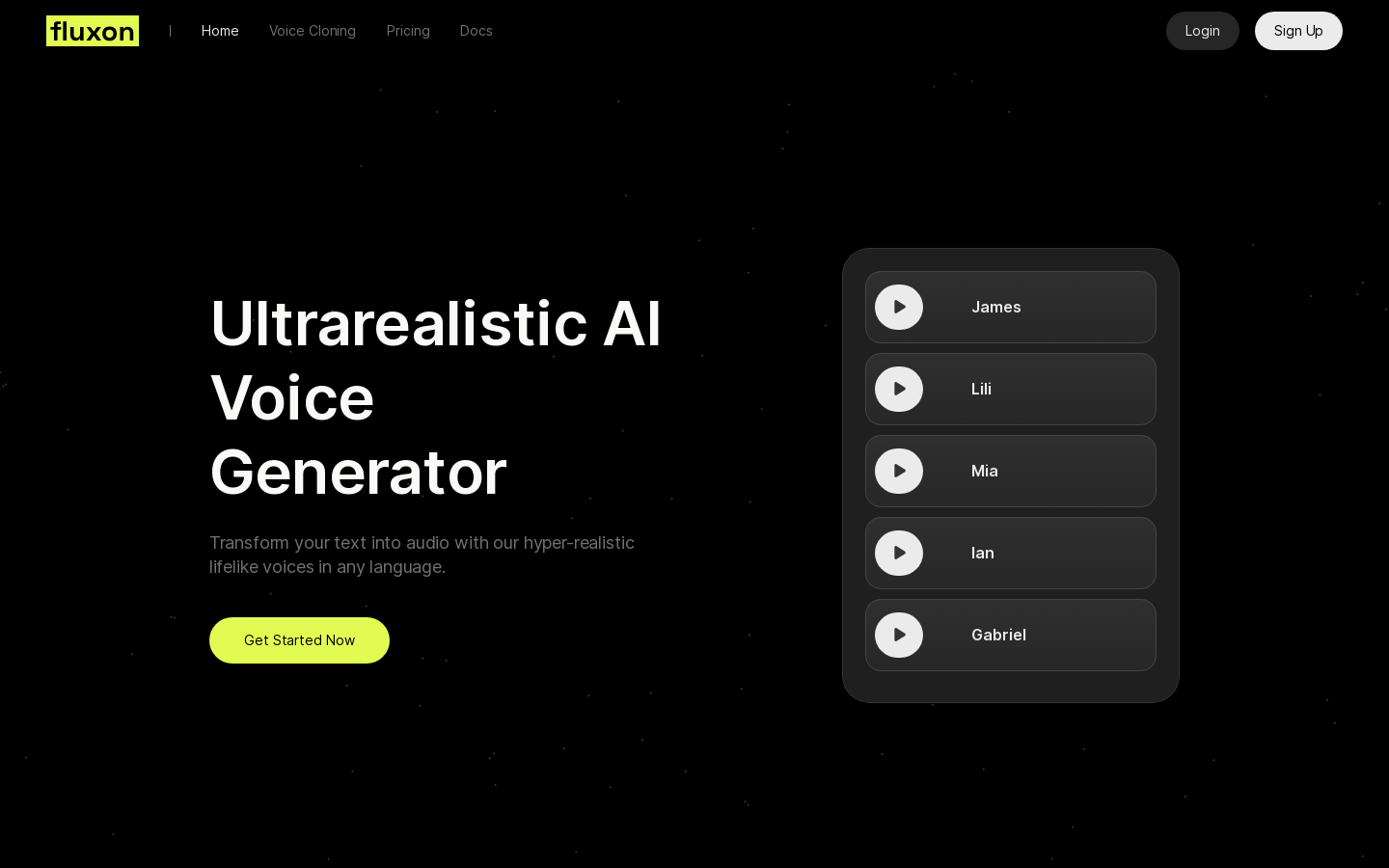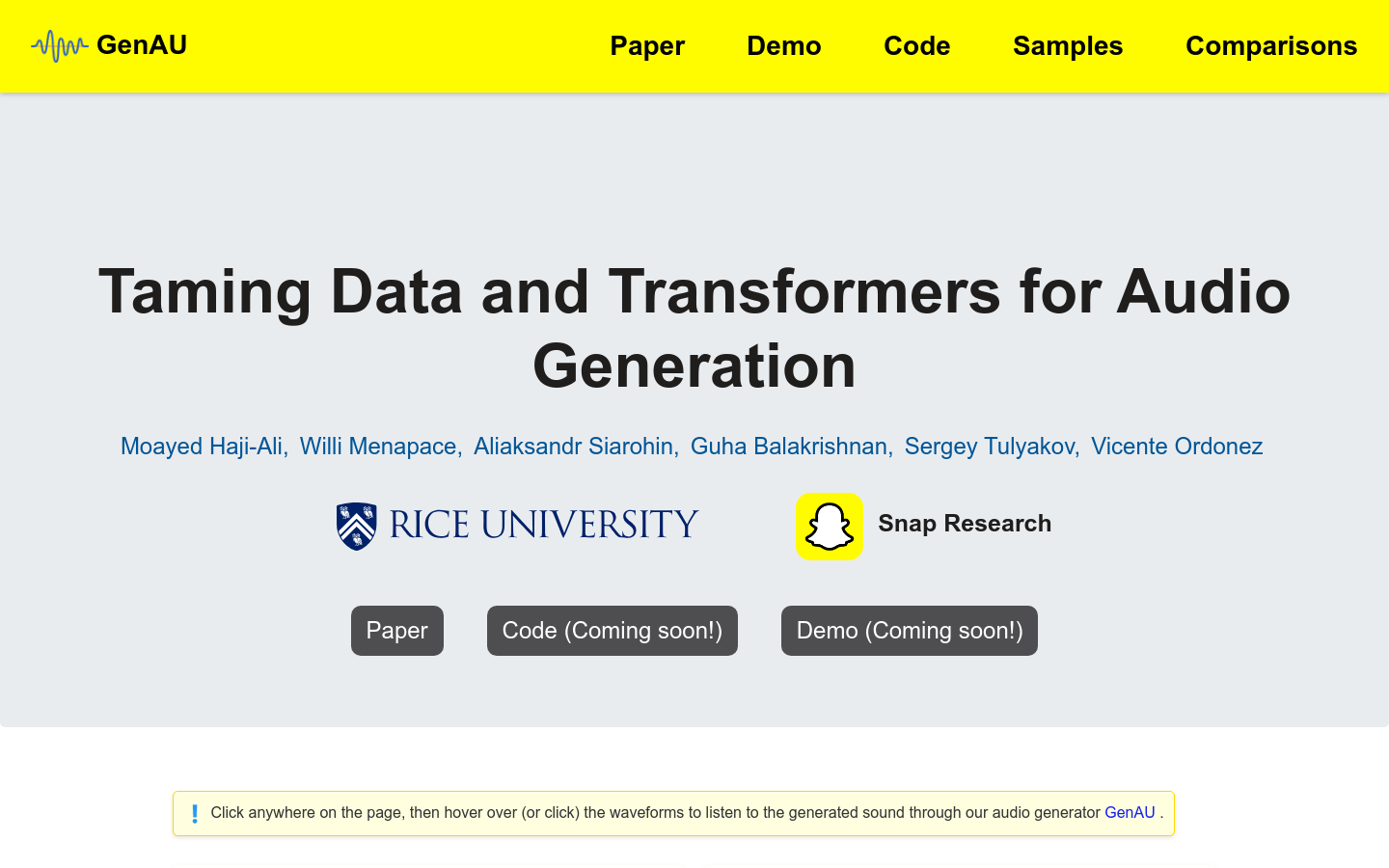
Chatterbox is the first open source production-grade text-to-speech (TTS) model launched by Resemble AI, with excellent performance and stability. It has better results after comparison with top closed source systems. What’s unique about this model is that it supports emotional exaggeration control and is suitable for a variety of scenarios such as video production, games, AI agents, etc. Chatterbox is priced highly competitive and offers ultra-low latency, making it suitable for production use.
Demand population:
"This product is suitable for content creators, game developers and AI application developers, and can help them quickly generate high-quality voice content to enhance the expressiveness and appeal of their works."
Example of usage scenarios:
Create voice conversations for game characters.
Add emotionally rich narration to the video.
Create an AI assistant with personalized sound.
Product Features:
Advanced zero-sample TTS technology, able to generate natural speech based on different inputs.
0.5B Llama skeleton ensures high-quality speech synthesis.
Emotional exaggeration and intensity control can make the sound more vivid.
Stable alignment reasoning ensures fluency in generated speech.
Training is based on 500,000 hours of cleaning data, with excellent sound quality.
Built-in watermark function to ensure the responsibility of the generated content.
Simple voice conversion scripts to facilitate users to perform personalized voice synthesis.
Tutorials for use:
Install the dependency package: Use the command pip install chatterbox-tts to install the Chatterbox library.
Import the required libraries: Import the torchaudio and ChatterboxTTS modules in Python code.
Loading model: Use the ChatterboxTTS.from_pretrained() method to load the model, specifying the device as 'cuda'.
Generate voice: Call the model.generate () method to pass in the text to be synthesized, and generate audio data.
Save audio: Use torchaudio's save method to save the generated audio data as a .wav file.







